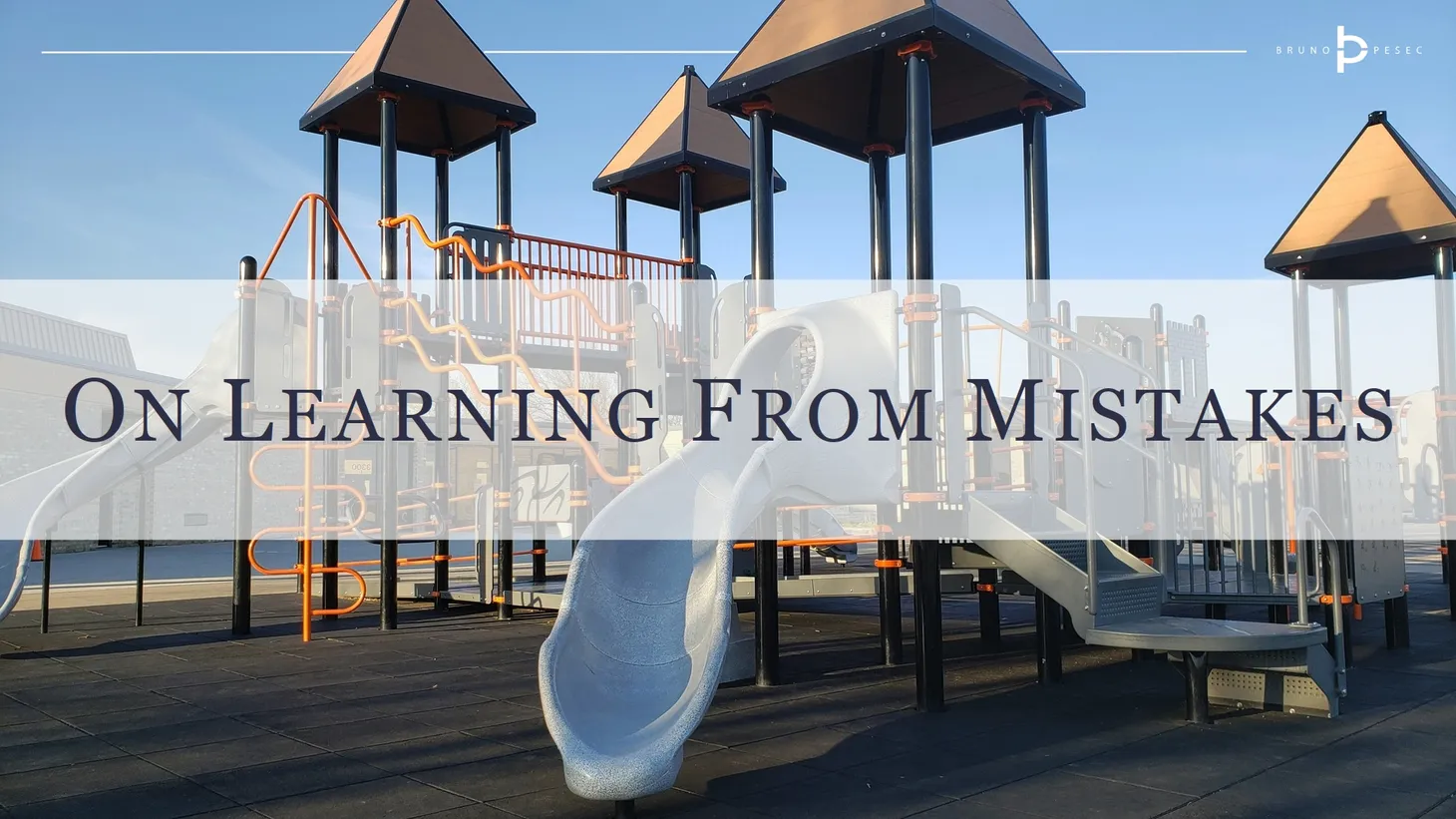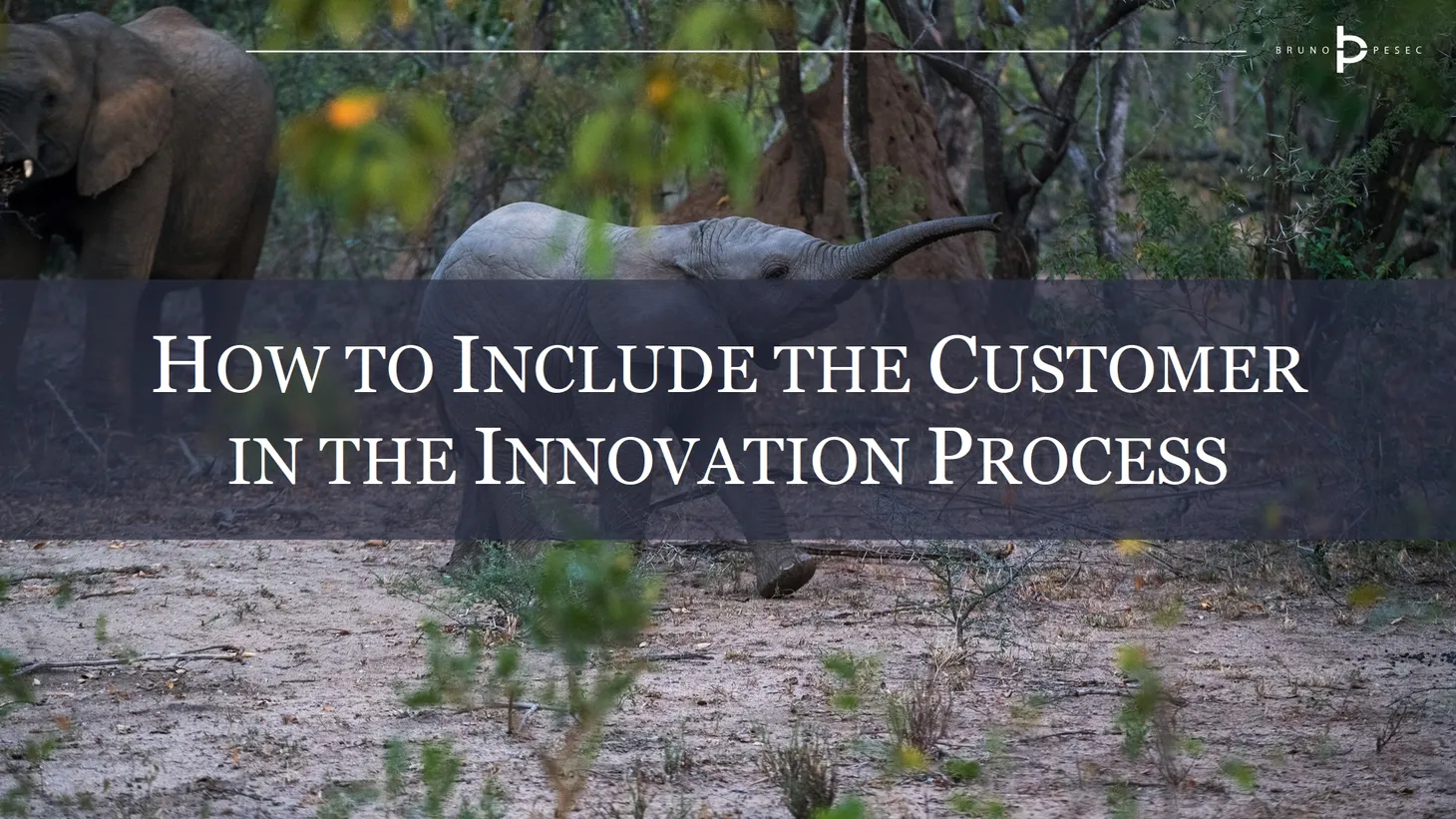Lean Startup Fundamentals
How did Lean Startup come to be, and what are its basic precepts? Understanding them is a prerequisite for true mastery.
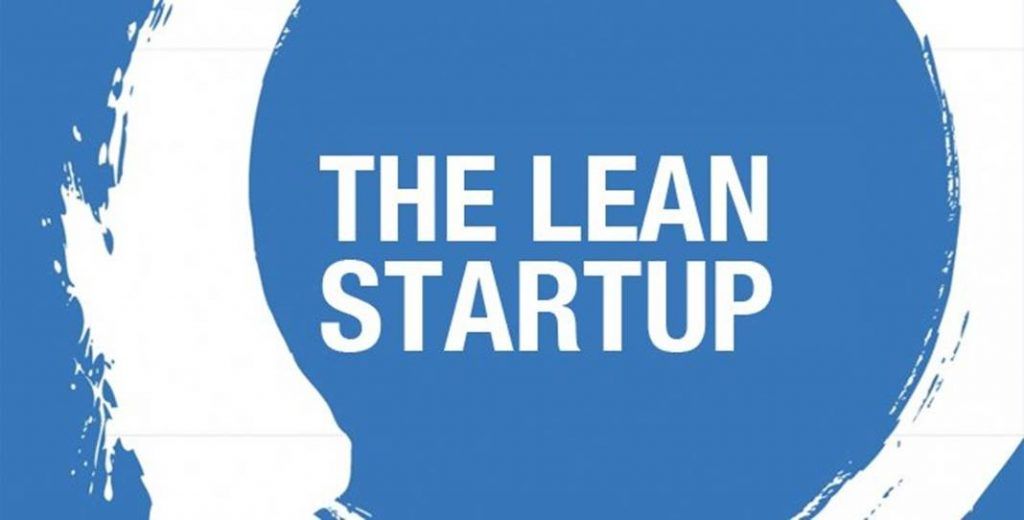
How did Lean Startup come to be?
Triumph of the Lean Production System by John Krafcik is the first paper on what is today known as Lean Thinking. It came out of the MIT International Motor Vehicle Program, as a part of the research for the book The Machine That Changed the World. Numerous other books followed, but as Michael Ballé comments, one discussion keeps popping up - what exactly is Lean? Bob Emiliani wrote an interesting article chronicling how definitions changed over time.
In 2008, Eric Ries published a post The Lean Startup on his blog Startup Lessons Learned where he tried to capture current best practices in the startup landscape with a single term. Those were:
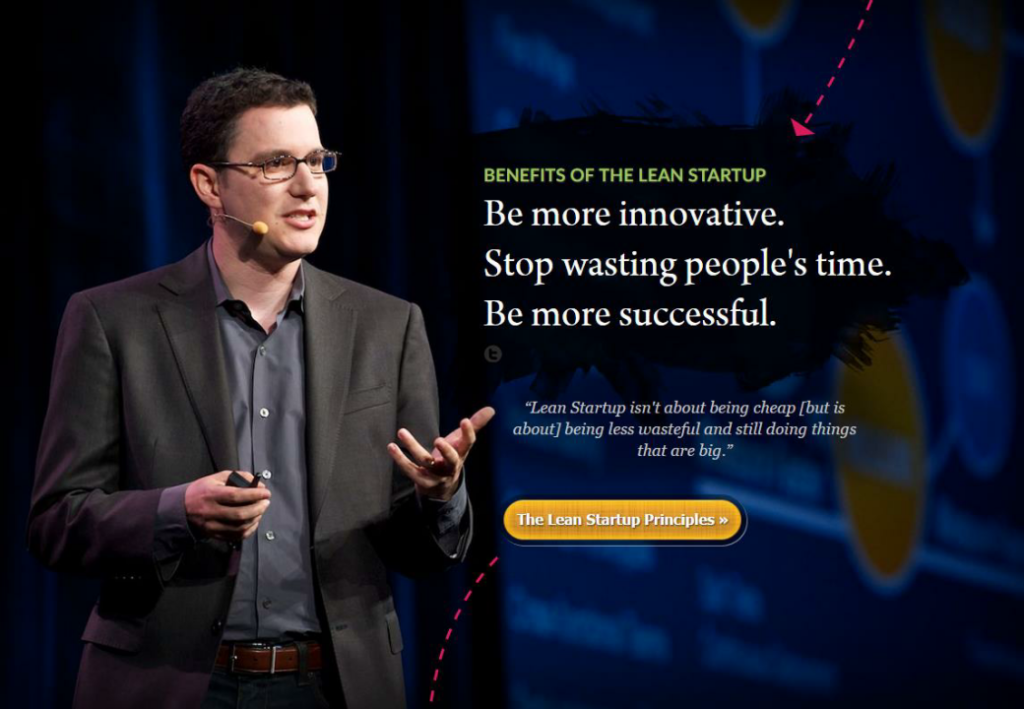
Lean Startup is a methodology for developing businesses and products. The methodology aims to shorten product development cycles by adopting a combination of business-hypothesis-driven experimentation, iterative product releases, and validated learning.
It seeks to eliminate wasteful practices and increase value-producing practices during the product development phase by focusing on creating products and services customers truly want. That's why corporations like GE, Intuit, and Samsung, are adopting the methodology to further optimise their businesses. Steve Blank, the father of Customer Development, wrote a great article explaining why the Lean Startup changes everything.
Today, the Lean Startup body of knowledge consists of:
- Lean Thinking (Lean Enterprise Institute)
- Business Model Design (Alexander Osterwalder)
- Customer Development (Steve Blank)
- Agile Software Development (Agile Manifesto)
Five Principles of Lean Startup
In The Lean Startup, Eric defined five principles of the Lean Startup. They encapsulate the overarching mindset and provide an actionable framework. Here are some of my thoughts on them.
1 Entrepreneurs are everywhere
You don't have to work in a garage to be in a startup. ∞
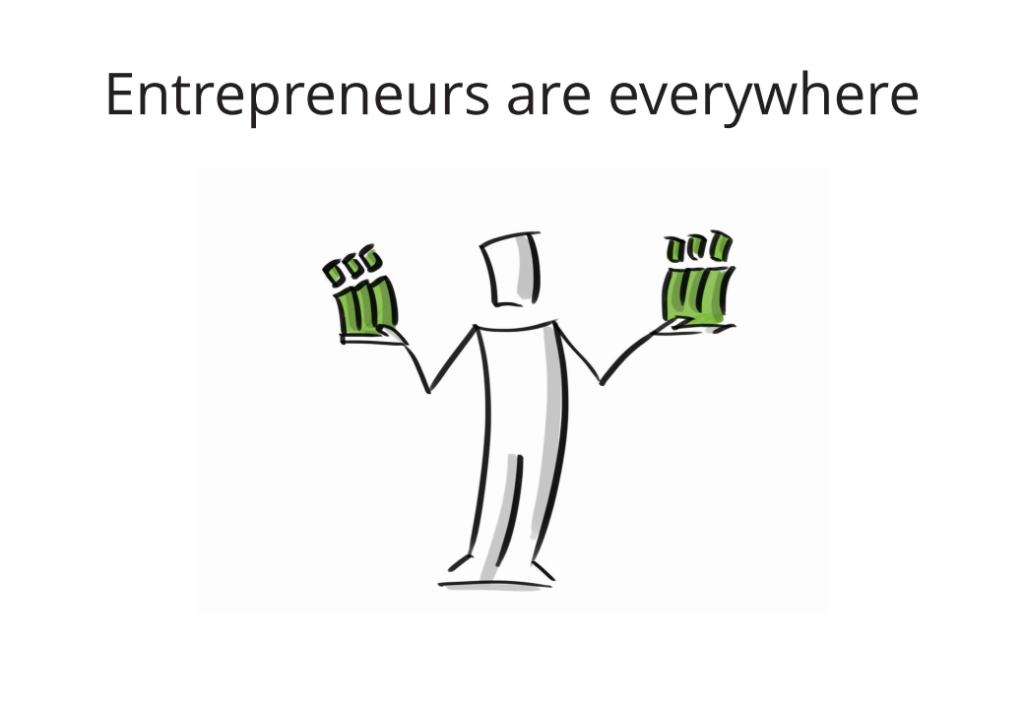
I explain this principle on three levels: (1) general, (2) individual and (3) organisational.
(1) Literally, entrepreneurs are everywhere. In other words, Lean Startup approach can work in a company of any size, even a very large enterprise, in any sector or industry.
(2) Entrepreneurs-to-be can come from different backgrounds. To them the first principle is mostly a form of encouragement - I don't need an expensive and long education to succeed, I don't need a lot of resources, etc. They can achieve results in different environments, as long as they are applying a scientific method to their entrepreneurial undertaking.
(3) Organisations consist of individuals. They form teams and departments in various organisational schemes. Accountability and responsibility become difficult as more and more bureaucratic mechanisms are put in place. In Lean Product and Process Development, Ward and Sobek II make a case that the responsibility of making profit ultimately falls upon the CEO. This principle signals to enterprises that they should look within themselves, to identify people who could share this responsibility with the CEO. Ward and Sobek II call these people entrepreneurial system designers. Now, that is a proper title to have!
2 Entrepreneurship is management
A startup is an institution, not just a product, so it requires management, a new kind of management specifically geared to its context. ∞
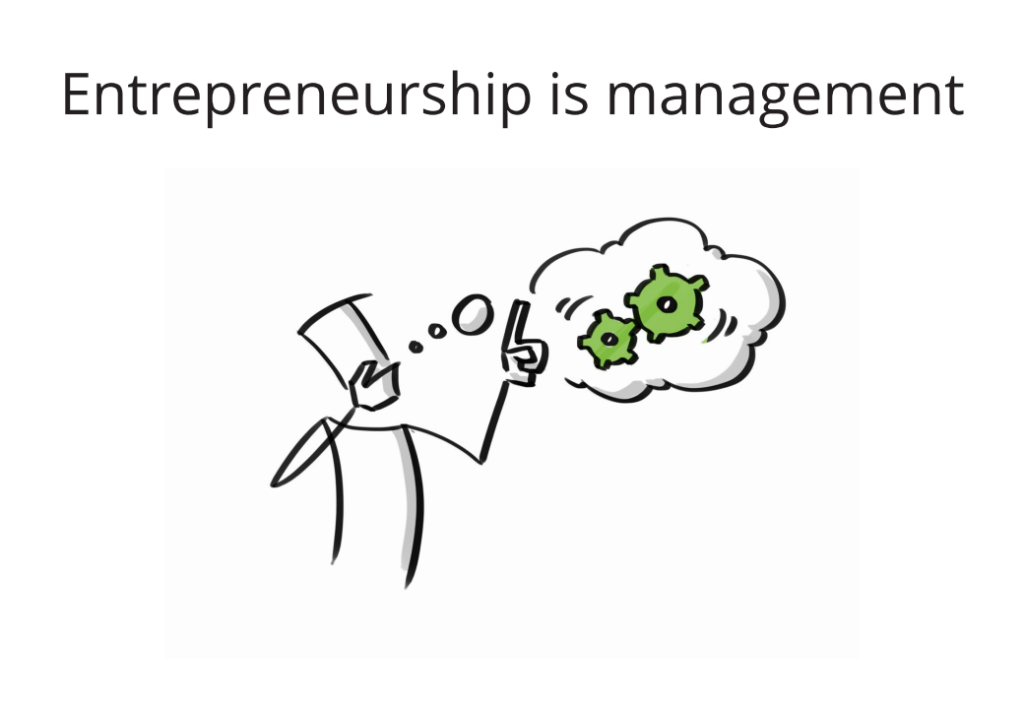
Steve Blank was among the first to recognise that startups are not just smaller copies of traditional enterprises. There is another equally important realisation related to this principle.
Recognizing that one can manage for entrepreneurship is recognizing one can also get better at it.
Today it is hard to imagine an enterprise without some sort of Quality Management department. That makes it easy to forget that managing for quality developed fairly recently. Quality inspection was present throughout the history, followed by quality control methods relying on statistics. In both cases it was reactive, defects were caught at the end of the process, or in-between the processes. The later, the costlier. Finding inspiration in accounting practices, it was Juran that set off a new era of managing for quality with his Quality Control Handbook published in 1951. Alongside Deming, he also helped the Japanese rebuild their economy, training numerous industrial personnel.
Once we realised we can manage for quality, we developed different tools, methods and approaches. That in turn made it possible to make curricula, to teach quality management, and consequently, get better at it.
Lean Startup is doing the same for entrepreneurship.
3 Validated learning
Startups exist not to make stuff, make money, or serve customers. They exist to learn how to build a sustainable business. This learning can be validated scientifically, by running experiments that allow us to test each element of our vision. ∞
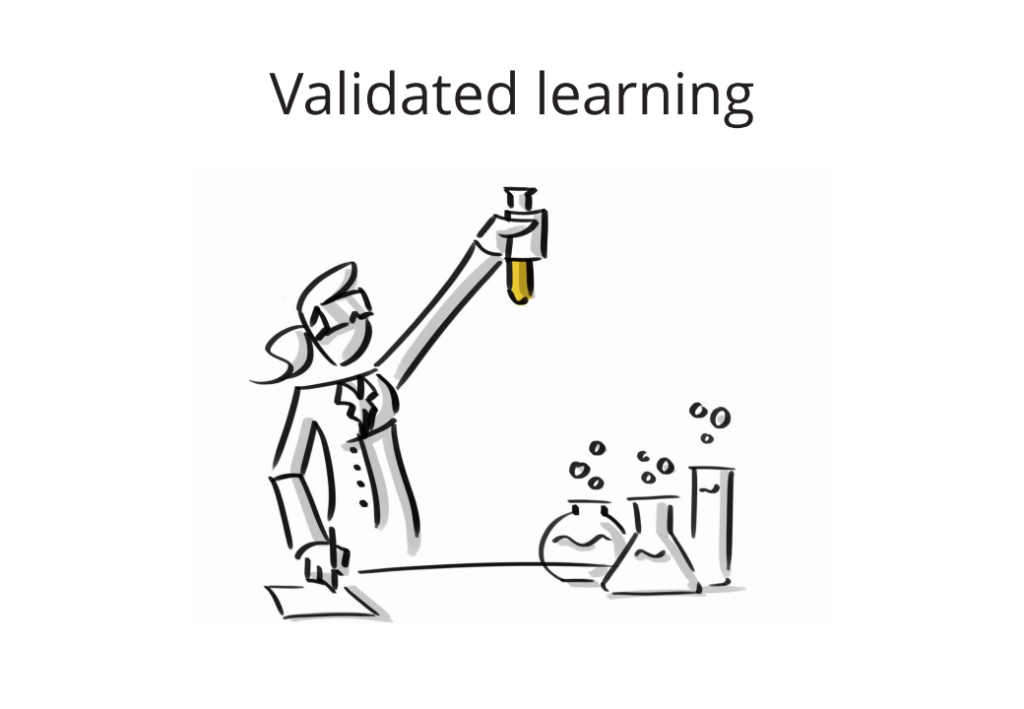
Lean Startup provides a framework for applying a scientific approach to test business hypotheses. During the business modelling phase everything we have are assumptions that need to be tested. These assumptions must be turned into falsifiable hypotheses and be tested with relevant customer segments.
Out with the guesses, opinions and gut-feelings, in with the facts and experimental data. Focus on learning how to build a sustainable business.
4 Innovation Accounting
To improve entrepreneurial outcomes, and to hold entrepreneurs accountable, we need to focus on the boring stuff: how to measure progress, how to setup milestones, how to prioritize work. This requires a new kind of accounting, specific to startups. ∞
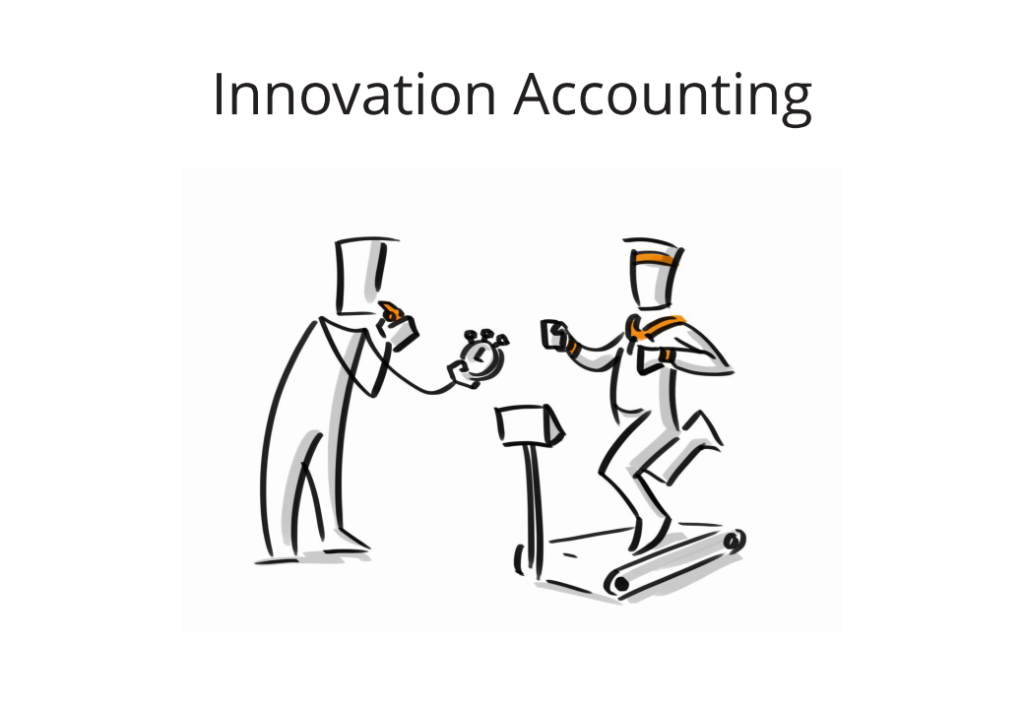
There are different ways of learning. An individual can learn by listening, reading, watching, repeating what he heard, read or saw. His learning can be enhanced by someone who has more experience – a mentor, supervisor, or senior worker. A team or a group of people can learn by solving difficult problems together, exchanging knowledge, ideas and experience between individuals. Enterprises learn by recording and documenting: standard operating procedures, manuals, best practices, one-point-lessons, trade-off curves, A3 reports, etc.
The simplest definition of innovation accounting is recording what you learned. Keep it informative, concise and relevant. A lot of information can be packed in small format. Look to A3 reports and trade-off curves for inspiration.
5 Build-Measure-Learn
The fundamental activity of a startup is to turn ideas into products, measure how customers respond, and then learn whether to pivot or persevere. All successful startup processes should be geared to accelerate that feedback loop. ∞
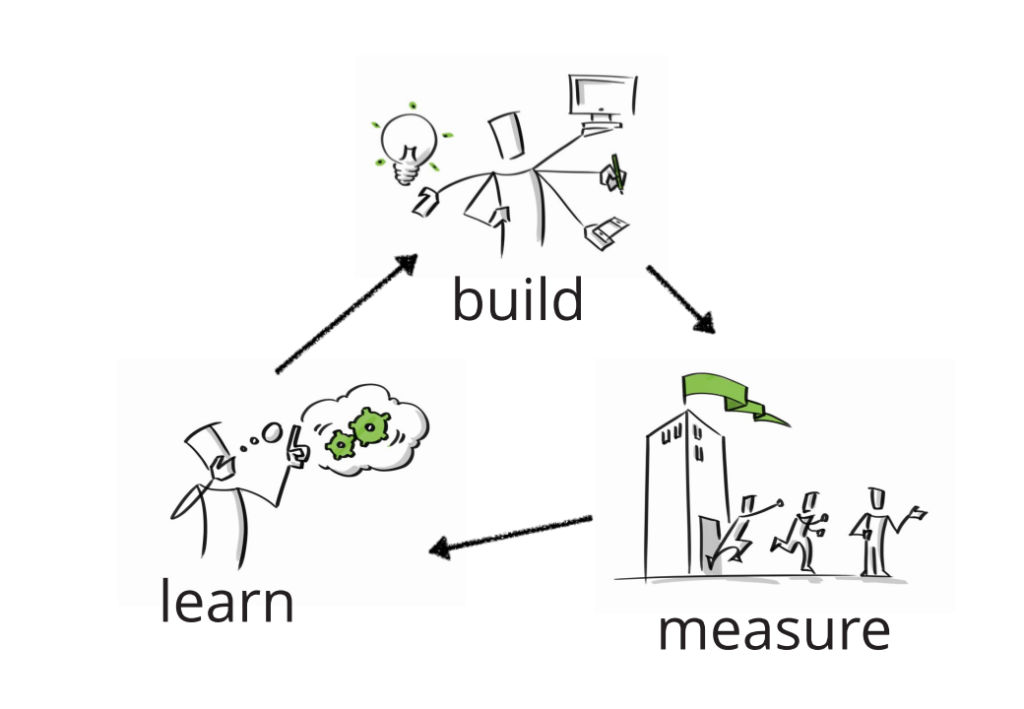
Those already familiar with the Lean Thinking immediately recognise the similarities with the Plan-Do-Check-Act loop. Build-Measure-Learn loop provides the framework for verifying a problem or idea and turning it into a product or service. Ash Maurya describes it as the closest equivalent to a scientific experiment in innovation is a cycle around the Build-Measure-Learn validated learning loop.
Cycle times vary depending on the hypothesis being tested. It can be anywhere from a few hours to a few days. It should never be longer than two weeks, not even for enterprises. Almost all projects, problems, and assumptions can be broken down to smaller elements which can be tested in a shorter cycle. Learning is important, but that doesn't mean you have to sacrifice speed.
Lean Startup Summary
The best definition of Lean Startup is the one In Hypothesis-Driven Entrepreneurship, where Eric defines it as a new venture that tests business model hypotheses using Minimum Viable Product tests. “Lean” does not necessarily imply “low cost”; rather, it refers to an imperative to “avoid waste.”
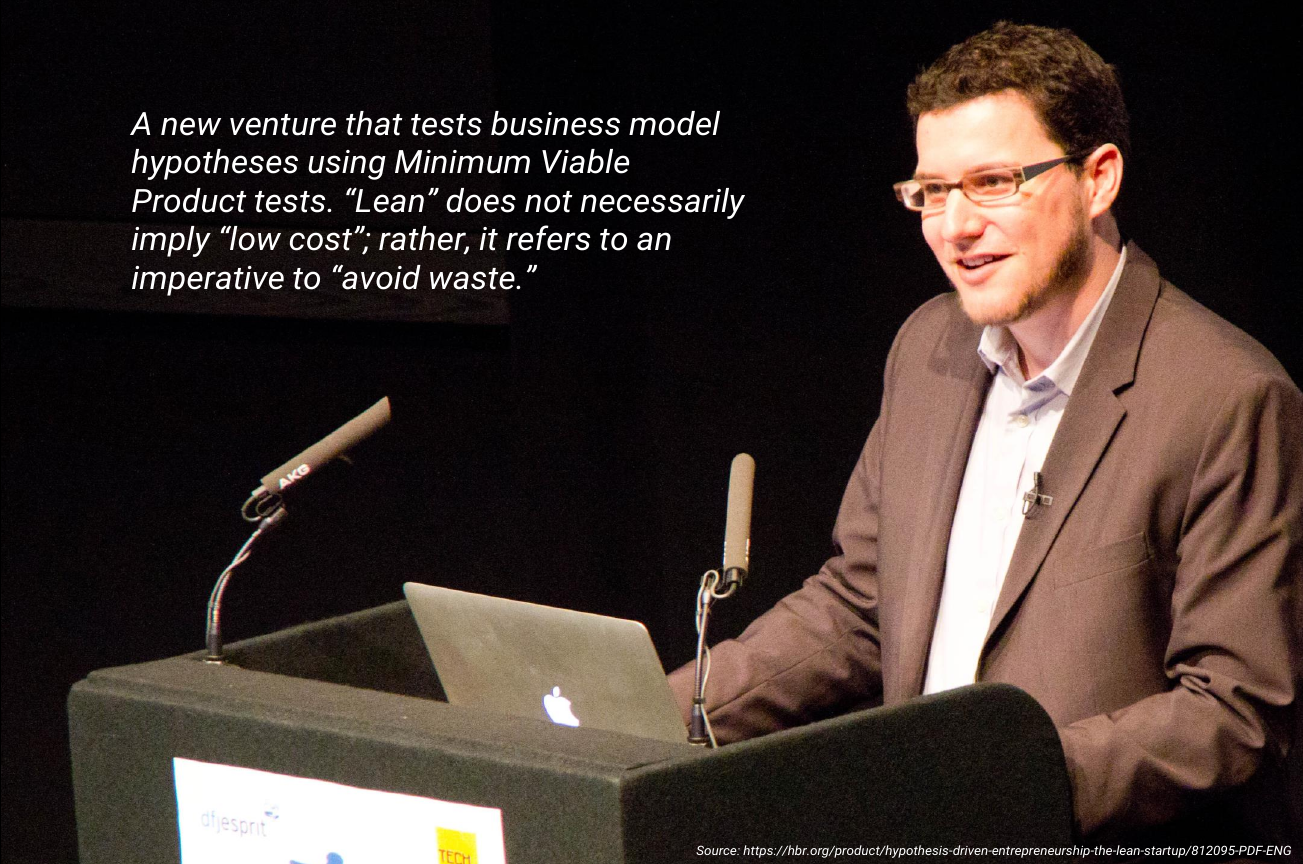
This post was originally published on Playing Lean blog.
Curious to learn more? Here are five books to help you master the Lean Startup, and a presentation covering advanced topics like experimentation, creating reusable knowledge, and innovation management.
Bruno Unfiltered
Subscribe to get the latest posts delivered right to your inbox. No spam. Only Bruno.


